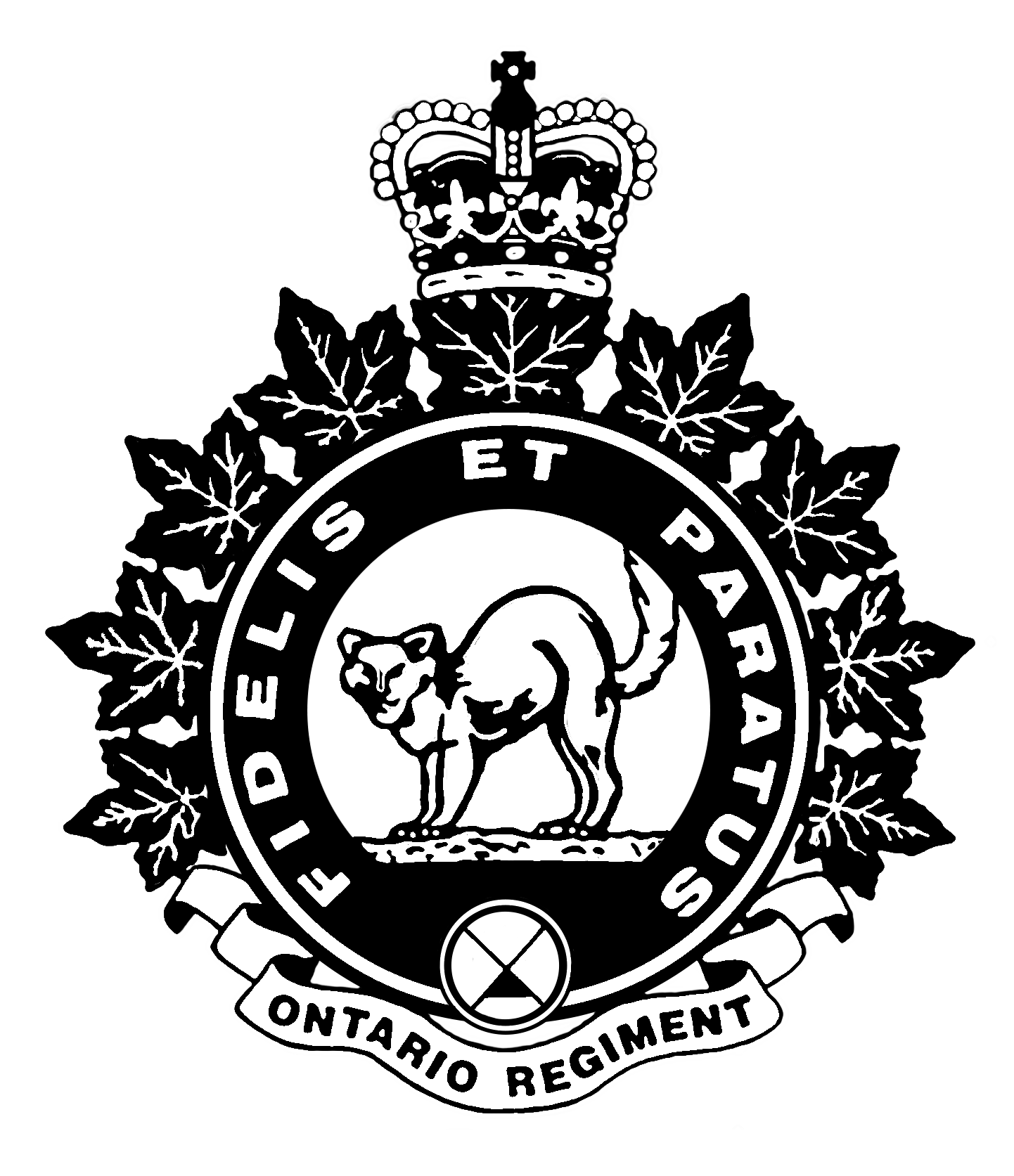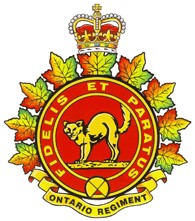The Second World War ended on 8 May, 1945 and the Ontarios went into a period of waiting for their turn to come home. The first few weeks were filled with guarding German prisoners, equipment dumps and vehicle parks. There were ceremonial events to celebrate the end of the war. Much time was spent in early June cleaning the tanks before turning them into Ordnance on 18 June.
The Ontarios moved to Harlingen, Netherlands on 29 June where they spend the rest of the summer. The soldiers were kept busy with educational and training programs designed to prepare them to return to civilian life. Some of the members of the Regiment worked at local businesses to get practical experience with their new skills. There was plenty of time for leisure as well, with regular leaves being granted, sports programs and day trips. Numerous dances were held where some of the soldiers met, and became engaged to, local women. There was a steady stream of the long-serving soldiers being sent home on an individual basis. Other men arrived to take their place but the full return of the Ontarios was kept on hold.
There were rumours throughout September regarding the repatriation of the Regiment. Finally, on 5 October it was time for the Ontario Regiment to begin the journey home. The first stop was the Nijmegen staging camp, where all remaining vehicles and stores were turned in. They were briefly in Ostend, Belgium, before leaving for Dover, England, on 9 October.
Upon arriving in England the Regiment was sent to No. 8 Repatriation Depot in Farnborough to await their turn for shipping to Canada. Here, arrangements were initiated for the new wives of the men to eventually make their journey to join their husbands for their new life in Canada. The long-awaited day came on 22 November when the Ontarios, with 32 officers and 532 other ranks, sailed on the Empress of Scotland as part of a group of 4,100 Canadians going home.

The Empress of Scotland was launched in 1930 as a luxurious passenger liner and was converted to a troop ship for the duration of the war. The hull had been painted dull grey in place of the peacetime white. Troop accommodation was provided by three-tiered bunks in every available space allowing its capacity to increase from 1260 passengers prior to the war to over 4000 as a troop ship.
The ship made a quick journey across the Atlantic, arriving at Halifax on the evening of 27 November. The ship was met at the dock by Captain J.A. Sheriff MC, formerly with the Ontarios’ active battalion and now training officer of the Regiment’s 2nd Battalion (Reserve), and W. Ford Lindsay, the editor of the Oshawa Times-Gazette. Captain Sheriff and Mr. Lindsay were peppered with questions from the returning soldiers about conditions in Oshawa, the weather, who was playing in the upcoming Grey Cup football game and what the chances were of a championship for the Oshawa Generals that season. There was a quick run through the Red Cross canteen and then it was time to board the 15-car train booked exclusively for the Ontario Regiment.
The men spent their time on the train playing cribbage and rummy with boards and cards supplied by the Red Cross who also provided cigarettes. Army staff were onboard to complete the soldiers’ demobilization documentation.
Meanwhile, back in Oshawa, preparations were being made to welcome the Regiment home. A large number of wives, children and other family of the Ontarios were brought in from around the country and even the United States. Lieutenant-Colonel L.W. Currell, commanding officer of the 2nd Battalion, announced that the Regiment would return to Oshawa at noon on Thursday, November 29. Most of the city’s businesses closed for the day. A full page of the Times-Gazette was devoted to providing the details of the ceremony.

The Ontarios were delayed by a freight train derailment in Cornwall, but finally arrived at the Oshawa CNR station in the early afternoon. Family members were asked to meet the Regiment at Memorial Park and to not try meeting them at the train station due to the limited space there. As can be seen from the photo, not everyone followed this directive. An impressive welcome was waiting for the Ontarios.
Rod Henderson
Rod Henderson is the Regimental Historian of the Ontario Regiment. He served as a Sergeant in the Regiment and is the author of “Fidelis Et Paratus: The History of The Ontario Regiment RCAC”.


